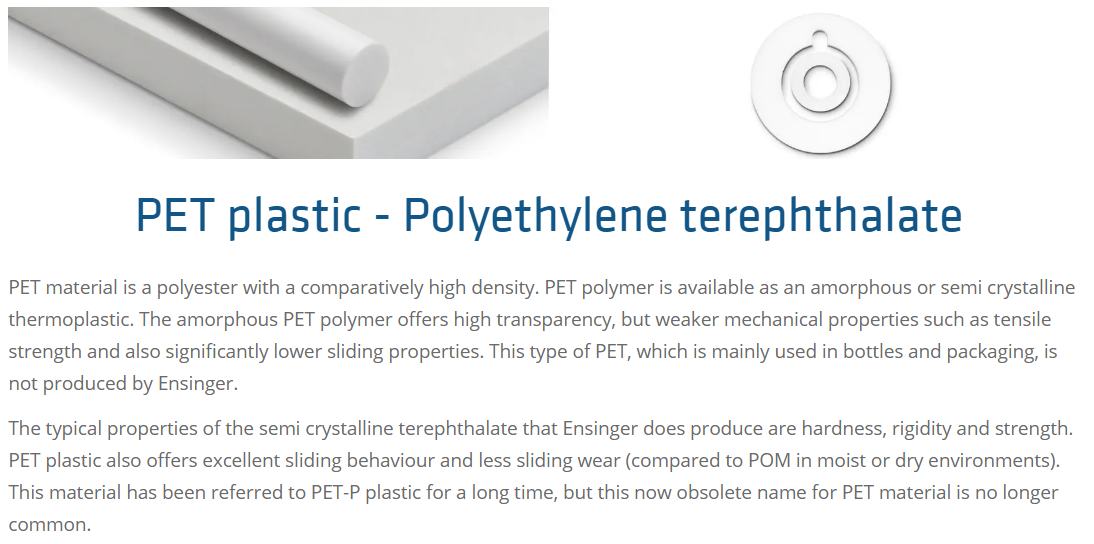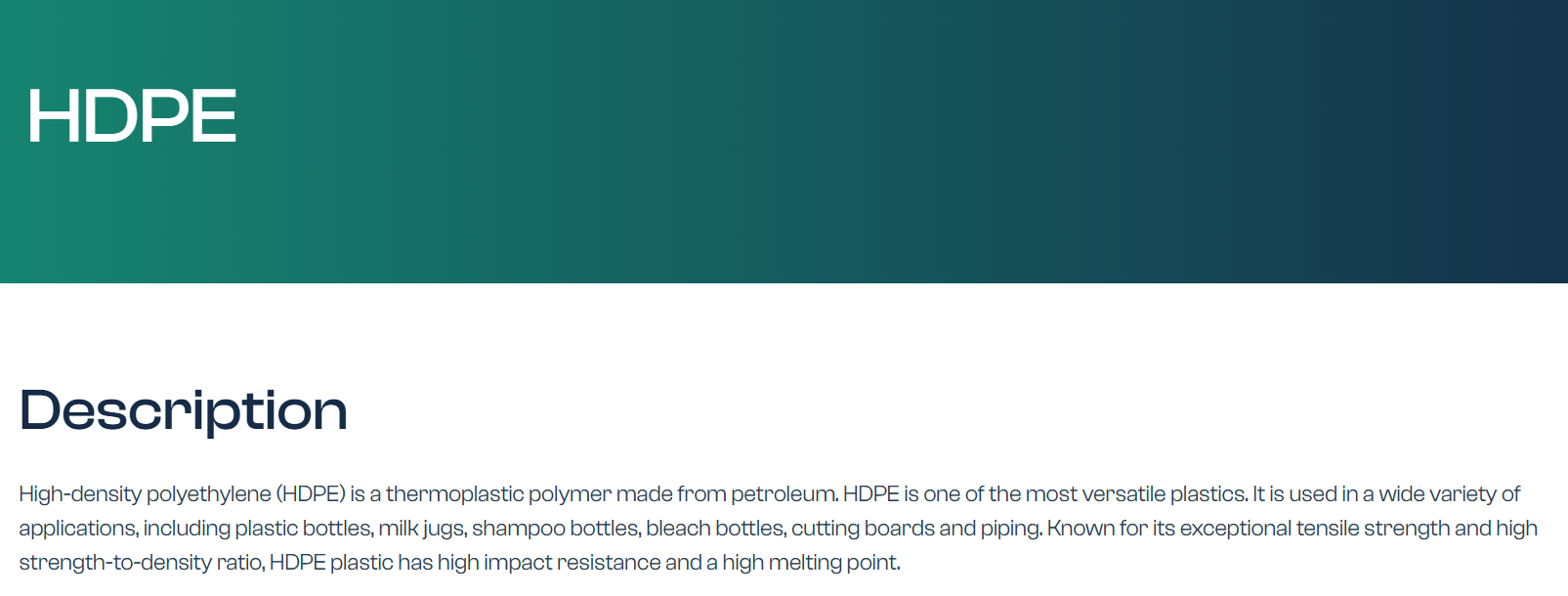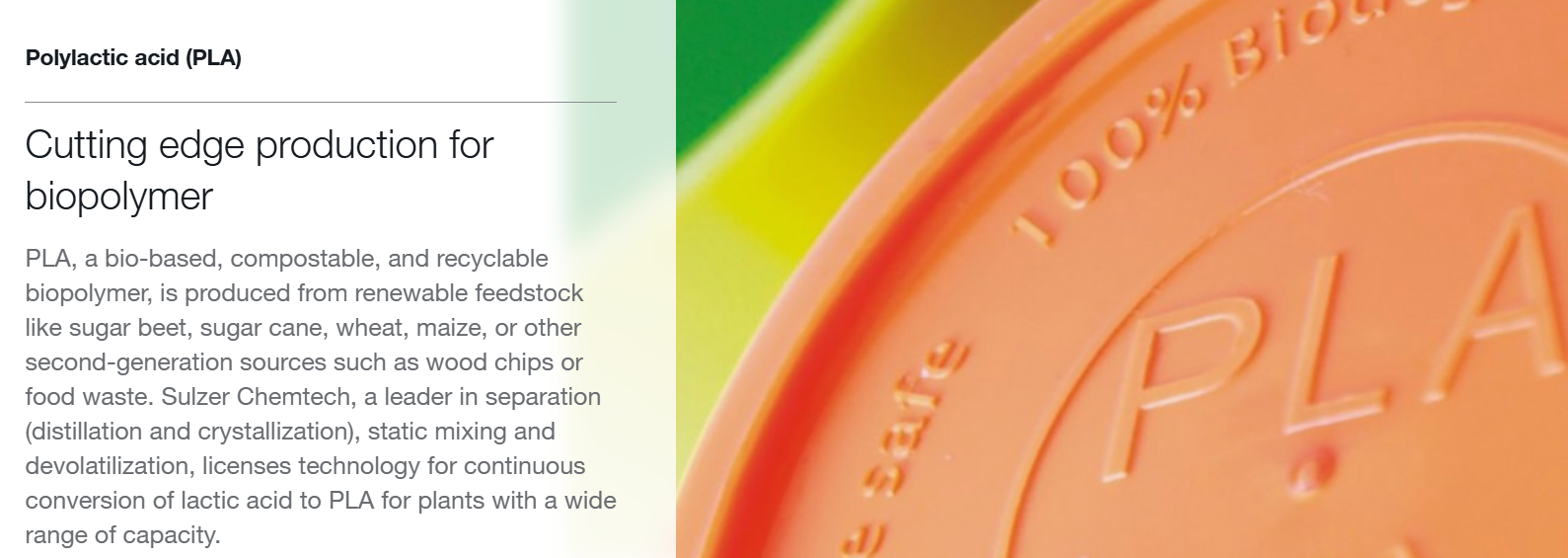Selecting the appropriate plastic material for food containers represents one of the most critical decisions in packaging development, directly impacting product safety, shelf life, consumer acceptance, and regulatory compliance. Understanding which plastics are safe for food storage and everyday use becomes essential as food manufacturers navigate increasingly complex requirements balancing performance, cost, sustainability, and safety considerations across diverse application environments and market segments.
Understanding Plastic Material Classifications and Safety Standards
Modern food packaging utilizes plastic materials identified through standardized recycling codes and comprehensive safety evaluations that determine suitability for direct food contact applications. Not all plastics are created equal when it comes to food storage containers, with some materials offering excellent safety profiles and non-toxic characteristics while others may leach harmful chemicals into food, particularly when exposed to heat or acidic ingredients that accelerate chemical migration processes.
Food-grade plastic classification involves rigorous testing protocols including migration studies, toxicological assessments, and long-term stability evaluations that validate material safety under intended use conditions. Regulatory frameworks established by the FDA in the United States, European Food Safety Authority in Europe, and corresponding agencies worldwide define specific requirements for chemical composition, migration limits, and manufacturing standards that ensure plastic food containers protect rather than compromise food safety and quality.
Material selection considerations encompass not only safety requirements but also performance characteristics including barrier properties, thermal stability, mechanical strength, and optical clarity that determine suitability for specific food applications. Understanding these fundamental properties enables informed decisions that optimize packaging performance while ensuring compliance with food safety regulations and meeting consumer expectations for product quality and safety.
Polypropylene (PP): Versatile High-Performance Solution
Polypropylene stands as the most widely adopted plastic material for food containers, offering exceptional versatility through excellent chemical resistance, thermal stability, and food safety characteristics that make it suitable for diverse applications ranging from microwave-safe containers to industrial food processing equipment. The material’s molecular structure provides inherent stability that prevents chemical migration under normal use conditions while maintaining structural integrity across temperature ranges from freezer storage to hot food applications.
Manufacturing advantages of polypropylene include excellent processability through injection molding and thermoforming techniques, enabling production of complex container geometries with consistent dimensional accuracy and surface quality. The material accepts colorants and additives effectively, allowing customization for specific applications including UV stabilizers for outdoor use, antimicrobial additives for enhanced hygiene, and impact modifiers for improved durability in demanding environments.
Food safety credentials of polypropylene include FDA approval for direct food contact, compliance with European Union regulations for food contact materials, and extensive toxicological data supporting safe use across all food categories. The material demonstrates excellent resistance to acids, bases, and organic solvents commonly encountered in food products, while its low water absorption minimizes dimensional changes and maintains container integrity throughout extended storage periods.
Cost-effectiveness characterizes polypropylene applications through competitive raw material pricing, efficient processing characteristics that minimize manufacturing costs, and excellent durability that reduces replacement frequency. The material’s recyclability supports sustainable packaging strategies while its lightweight properties minimize transportation costs and environmental impact throughout the supply chain distribution process.
Polyethylene Terephthalate (PET): Crystal Clear Excellence
Polyethylene terephthalate provides unmatched optical clarity combined with excellent barrier properties that make it the preferred choice for applications requiring product visibility while protecting contents from environmental factors that could compromise quality. The material’s molecular structure creates effective barriers against oxygen, carbon dioxide, and water vapor that extend shelf life for sensitive products including beverages, condiments, and prepared foods requiring extended storage stability.
Thermal properties of PET enable hot-fill applications up to 85°C while maintaining dimensional stability and container integrity essential for processed foods requiring thermal treatment during packaging. The material’s glass transition temperature of 78°C provides a safety margin for most food processing applications while its crystallization behavior can be controlled through processing parameters to optimize clarity and performance characteristics.
Chemical resistance characteristics include excellent performance against most food acids, oils, and alcohol-based products that commonly challenge packaging materials. PET demonstrates minimal chemical migration under normal storage conditions, with extensive testing data supporting safe use across diverse food applications including acidic products that represent the most challenging test conditions for packaging material safety.
Recycling advantages position PET as a sustainable packaging choice through well-established collection and processing infrastructure that enables closed-loop recycling where post-consumer containers become feedstock for new food-grade packaging materials. The material’s inherent properties remain largely unchanged through multiple recycling cycles, supporting circular economy principles while maintaining food safety and performance standards.
Polystyrene (PS): Economical Clarity and Insulation
Polystyrene offers exceptional optical clarity combined with excellent insulation properties that make it particularly suitable for applications requiring product visibility and temperature maintenance. The material’s cellular structure in expanded form provides superior thermal insulation for hot and cold food applications, while solid polystyrene delivers crystal-clear transparency that showcases product appearance and quality to consumers.
Processing characteristics enable efficient manufacturing through thermoforming and injection molding processes that achieve complex geometries with minimal material usage and excellent surface finish quality. The material’s low processing temperatures reduce energy consumption during manufacturing while its excellent flow properties enable thin-wall container designs that minimize material costs while maintaining structural performance.
Food safety considerations for polystyrene include FDA approval for food contact applications with appropriate migration testing demonstrating safety under intended use conditions. The material performs well with most food products although limitations exist for applications involving high temperatures or prolonged contact with fatty foods that may accelerate migration of residual styrene monomer.
Economic advantages include competitive raw material costs, efficient processing characteristics, and lightweight properties that minimize packaging and transportation expenses. However, recycling infrastructure for polystyrene remains limited compared to other materials, requiring consideration of end-of-life management strategies in packaging design decisions.
High-Density Polyethylene (HDPE): Chemical Resistance Champion
High-density polyethylene provides exceptional chemical resistance combined with excellent impact strength that makes it ideal for containers requiring protection against aggressive chemicals while maintaining structural integrity under demanding use conditions. The material’s molecular structure creates effective barriers against moisture transmission while providing excellent resistance to acids, bases, and organic solvents that could compromise container performance or food quality.
Manufacturing versatility enables production of containers through blow molding, injection molding, and thermoforming processes that accommodate diverse container geometries from small portion cups to large industrial containers. The material’s excellent stress crack resistance ensures long-term durability even under mechanical stress or chemical exposure that could compromise other plastic materials.
Food safety characteristics include comprehensive FDA approval for food contact applications with extensive migration testing demonstrating safety across diverse food categories. HDPE demonstrates excellent performance with acidic foods, dairy products, and beverages while maintaining chemical inertness that prevents flavor transfer or contamination that could affect product quality.
Environmental advantages include excellent recyclability through established collection and processing systems that convert post-consumer containers into new packaging materials or alternative products. The material’s durability enables reuse applications while its chemical resistance ensures maintained performance throughout extended service life.
Low-Density Polyethylene (LDPE): Flexible Barrier Solutions
Low-density polyethylene offers unique flexibility and excellent barrier properties that make it particularly suitable for applications requiring conformable packaging or enhanced moisture protection. The material’s molecular structure provides effective barriers against water vapor transmission while maintaining flexibility that enables packaging of irregularly shaped products or applications requiring squeeze dispensing functionality.
Processing advantages include excellent heat sealability that enables secure closure systems and tamper-evident features essential for food safety and quality assurance. The material’s flexibility accommodates thermal expansion and contraction without compromising container integrity, making it suitable for applications involving temperature cycling during storage and distribution.
Chemical compatibility encompasses excellent resistance to most food products with particular strength against acidic and basic foods that challenge other packaging materials. LDPE demonstrates minimal chemical migration under normal storage conditions while providing effective protection against external contamination that could compromise food safety or quality.
Cost considerations include competitive material pricing and efficient processing characteristics that minimize manufacturing costs while providing reliable performance across diverse applications. The material’s recyclability supports sustainable packaging strategies although separation from other materials may be required for effective recycling processing.
Polylactic Acid (PLA): Sustainable Bio-Based Alternative
Polylactic acid represents the leading bio-based alternative for plastic food containers, derived from renewable resources including corn starch, sugarcane, and other plant-based feedstocks that provide sustainable alternatives to petroleum-based plastics. The material offers excellent optical clarity and processing characteristics that enable conventional manufacturing while providing enhanced environmental credentials that address growing consumer and regulatory demands for sustainable packaging solutions.
Biodegradability characteristics enable composting under appropriate conditions, providing end-of-life options that reduce environmental impact compared to conventional plastics. However, composting requires industrial facilities operating at controlled temperatures and humidity levels, limiting disposal options in areas without appropriate infrastructure.
Performance characteristics include good clarity and moderate barrier properties suitable for many food applications, although limitations exist for applications requiring extended shelf life or high temperature resistance. The material’s glass transition temperature of approximately 60°C restricts use in hot-fill applications while its moisture sensitivity requires consideration in humid environments.
Material Selection Decision Matrix:
-
Temperature Requirements: Hot-fill applications favor PP and PET, cold storage suits all materials
-
Barrier Properties: PET excels for gas barriers, HDPE for chemical resistance
-
Optical Clarity: PET and PS provide crystal clear visibility, PP offers good clarity
-
Cost Considerations: PS and LDPE typically most economical, PLA commands premium
-
Sustainability: PLA bio-based, PET and HDPE widely recyclable
-
Processing Flexibility: PP and HDPE accommodate diverse manufacturing methods
Application-Specific Material Recommendations
Fresh produce packaging benefits from materials providing appropriate moisture transmission rates while maintaining structural integrity and optical clarity that showcase product quality. PET and polypropylene offer excellent performance for applications requiring extended shelf life, while LDPE provides flexibility for conformable packaging of irregularly shaped items. Consideration of perforation requirements for respiration control influences material selection toward options accommodating mechanical modification without compromising structural integrity.
Prepared food containers require materials offering thermal stability for hot-fill applications combined with barrier properties that maintain food quality throughout storage and distribution. Polypropylene provides excellent performance for microwave-safe applications while PET offers superior clarity for visual appeal. Chemical resistance considerations favor materials demonstrating stability against food acids, oils, and preservatives commonly used in prepared food formulations.
Beverage packaging demands materials providing excellent gas barrier properties to maintain carbonation and prevent oxidation while offering optical clarity that showcases product appearance. PET dominates this application through superior barrier performance and clarity, while specialized barrier coatings can enhance performance for applications requiring extended shelf life or sensitive product protection.
Dairy product packaging requires materials offering excellent chemical resistance against lactic acid and other organic acids while providing moisture barriers that prevent contamination and maintain product freshness. HDPE provides excellent chemical resistance for yogurt and milk applications, while multilayer constructions combining different materials can optimize barrier properties for specific requirements.
Regulatory Compliance and Safety Considerations
Food contact material regulations vary significantly across global markets, requiring careful consideration of specific requirements in target markets during material selection processes. FDA regulations in the United States define comprehensive requirements for chemical composition, migration limits, and manufacturing standards that ensure material safety for intended food contact applications. European Union regulations provide similar frameworks with additional emphasis on risk assessment and ongoing monitoring requirements.
Migration testing represents a critical component of regulatory compliance, evaluating chemical transfer from packaging materials to food simulants under conditions representing intended use scenarios. Testing protocols encompass various food types including acidic, fatty, alcoholic, and aqueous foods under different temperature and time conditions that bracket expected storage and use patterns. Results must demonstrate migration levels below established safety thresholds to ensure consumer protection.
Manufacturing compliance requires implementation of good manufacturing practices including material traceability, process control, and quality assurance systems that ensure consistent material properties and safety characteristics. Documentation requirements include certificates of compliance, migration testing data, and manufacturing process validation that support regulatory submissions and customer qualification processes.
Ongoing monitoring obligations require manufacturers to track scientific developments, regulatory changes, and safety data that could affect material suitability for food contact applications. This includes participation in industry safety assessment programs and implementation of change control systems that evaluate potential impacts of material or process modifications on food safety performance.
Economic Considerations and Total Cost Analysis
Material costs represent only one component of total packaging costs, with processing efficiency, yield rates, and performance characteristics significantly impacting overall economics. Higher-performance materials may command premium pricing but deliver cost savings through improved processing efficiency, reduced material usage, or enhanced product protection that minimizes losses throughout the supply chain.
Processing considerations include material flow characteristics, thermal requirements, and cycle times that affect manufacturing efficiency and capacity utilization. Materials offering superior processability may enable faster cycle times, higher yields, or reduced energy consumption that offset higher raw material costs through improved manufacturing economics.
Performance value encompasses protection characteristics, shelf life extension, and consumer appeal factors that influence market success and profitability. Superior barrier properties may enable reduced material usage or simplified packaging systems while enhanced optical properties can support premium positioning that justifies higher packaging costs through improved product value perception.
Supply chain factors include material availability, supplier reliability, and logistics costs that affect total cost of ownership beyond initial material pricing. Regional material availability and established supplier relationships can provide cost advantages while reducing supply risk that could impact production continuity and customer service performance.
Conclusion: Strategic Material Selection for Optimal Performance
Successful plastic food container material selection requires comprehensive evaluation of performance requirements, regulatory obligations, economic considerations, and sustainability objectives that align with specific application needs and market positioning strategies. Understanding the unique characteristics and limitations of each material option enables informed decisions that optimize packaging performance while ensuring food safety, regulatory compliance, and commercial success.
The evolution toward sustainable packaging solutions continues driving innovation in bio-based materials, recycled content integration, and design optimization strategies that minimize environmental impact while maintaining food protection and commercial performance standards. Future material developments will likely emphasize enhanced sustainability credentials combined with improved performance characteristics that address evolving consumer preferences and regulatory requirements.
Strategic partnerships with material suppliers, packaging converters, and regulatory specialists provide access to technical expertise and market intelligence that support optimal material selection decisions. These collaborations enable evaluation of emerging materials, optimization of existing solutions, and navigation of complex regulatory landscapes that ensure successful market introduction and long-term commercial success.
For specific material recommendations and detailed technical specifications, consult with packaging specialists and material suppliers who can provide application-specific guidance based on your unique product requirements and market objectives.







